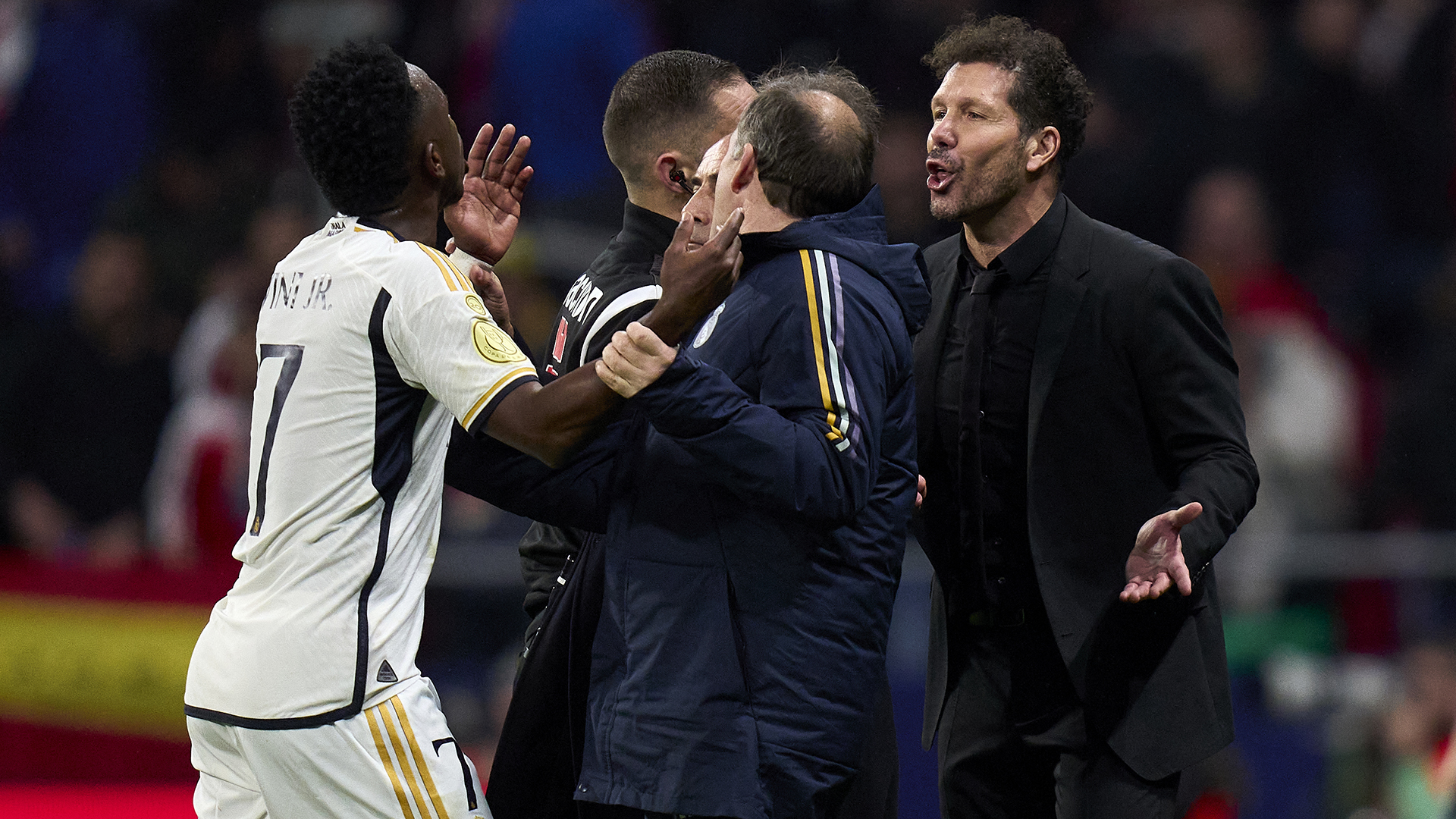Karate is here for a good time but not for a long time. It's a first-time Olympic sport, added under a 2014 IOC rule that allows organizing committees to include provisional new events for the Olympics they host. It's not slated for inclusion in the Paris 2024 Olympic games, and its status for L.A. 2028 hasn’t been determined. In these games, though, karate joins taekwondo and judo as the third form of martial arts. Competitions will take place at Nippon Budokan, a historic martial arts venue in Tokyo.
How it works: Athletes, called karatekas, compete in two disciplines, kata and kumite, with medals awarded in each discipline.
Kata is self-defense against an imaginary opponent. Kata means form in Japanese, and the practice began centuries ago in Japan. Each kata is a three- or four minute-long sequence of precise movements like punches, kicks, blocks and breathing techniques. Each karateka chooses a kata from a list of 102 forms approved by the World Karate Federation, and performs it solo, executing the moves from memory. Karatekas are judged on their grace and athleticism, rhythmic balance, coordination, intensity, and adherence to the form. There’s no improvising or freestyling here. Kata is a physical exercise as well as a mental exercise in visualization. The athletes announce their kata to the judges and bow before starting. When they aren’t moving rapid-fire, they stand perfectly still, and the ritual nature of kata makes it feel almost spiritual. “The only thing that is unreal is that there aren’t people receiving those blows,” said NBC Olympics karate analyst Sherman Nelson. “The thing that makes kata so exciting to watch, is people choose what they think they do best. If you have longer legs, you want things with higher kicks, if you have a lower center of mass, then you want things that allow you to show off power. In taekwondo, they give you a form to do and it doesn’t matter what you look like.”
Eleven men and 11 women will compete in kata over the course of four rounds, and the athletes cannot repeat a kata. Javier Mantilla, one of Team USA’s karate coaches, said in an email that 15–20 of the 102 katas are the most popular and frequently used, and each athlete typically works with 6–8 different Kata for competition. Mantilla said athletes and coaches strategize to decide which katas to compete on the day before competition, when they receive their pool assignment and which athletes and countries they’ll be matched up against. “There’s no last-minute changes,” Mantilla said. “As soon as they sign their kata name forms, it’s over. They won’t be able to change and if that happens they will be disqualified.”
A panel of seven judges evaluate the athletes on 70 percent technical performance and 30 percent athletic display.
Here’s Spain’s Sandra Sanchez Jaime, performing a kata in 2015. This is so freaking intense!
Here’s Japan’s Ryo Kiyuna. Look at his eyes! And you can hear his arms slicing through the air!
Kumite is the better-known sparring form of karate, and at the Olympics, kumite will feature three weight classes for men and women. Karatekas earn points by placing strikes, kicks, sweeps and throws on their opponent. Karate differs from other forms of martial arts because knockouts are not the goal.
“Karate still has a degree of control,” Nelson said. “In kumite, you are not hitting a person as hard as you can. Taekwondo is full contact, in judo you are throwing as hard as you can throw, but karate still has a modicum of control and technique, precision and accuracy, not power. If you hit someone with a back-spinning sidekick, you want to hit them but you don’t want to knock them out. You will see this with punches to the face, if you punch too hard you can get disqualified. This is not street fighting, this is not MMA, this is the martial art of karate in a sport context.”
Kiai: During kata, you’ll hear the athletes deliver a guttural yell. That’s called a kiai, and every athlete has a unique sound. “It’s the tightening of the core and for focus,” Nelson said. “It’s how you demonstrate intensity, focus, passion and direction. Throughout the Kata, there may be a strike that you have a yell and the yell symbolizes that this is a critical blow or movement. Physiologically, it’s you delivering the most power you can.”
Nelson said the hardest moves in kumite are the kicks or throws that turn. “Every time you turn, you take a risk,” he said. “If we are facing each other, for me to punch your body or punch your face the risk is less. But turning to do that, that means for a second I have to lose sight of you.
Why this sport rules: These throws are so fun!
This could be karate’s only moment in the Olympic spotlight, but Nelson is preparing like he can personally convince the IOC to change their mind about Paris 2024. “How do we do a really great job to sell karate?” Nelson said. “That is our mindset going in, to make sure that people walk away going, 'We want more karate!'
“I want the same people watching kata that watch gymnastics. Because most people watching it can’t do it, but they know what beauty looks like when they see it.”
Athletes you will become obsessed with:
Kiyou Shimizu is a two-time world gold medalist who will compete for Japan in Kata. Seriously, how is this not a sound effect!
Team USA’s Sakura Kokumai won kata at the 2019 Pan American games. Look at this big jump!
Luigi Busa is a two-time gold medalist who will compete for Italy in kumite. Here he is doing some cross training with the added kiais!
Team USA’s Ariel Torres Gutierrez won gold at the 2019 Pan American Games in men’s kata, and I think he has the best kiai I have heard so far:
When to watch: Starting tonight! Beginning with women's kata at 9:00 p.m. EDT on Wednesday, and running through Saturday.






